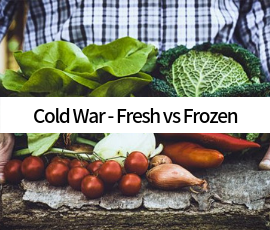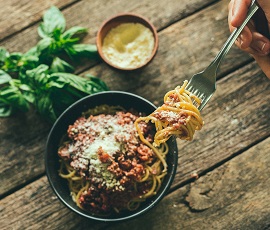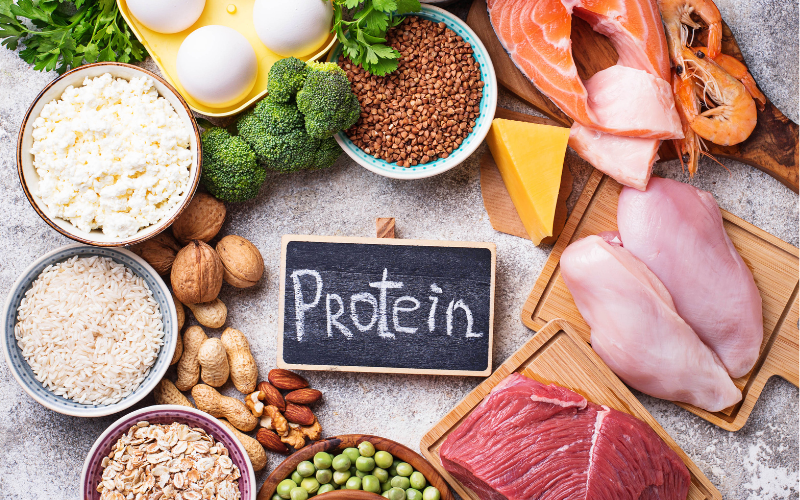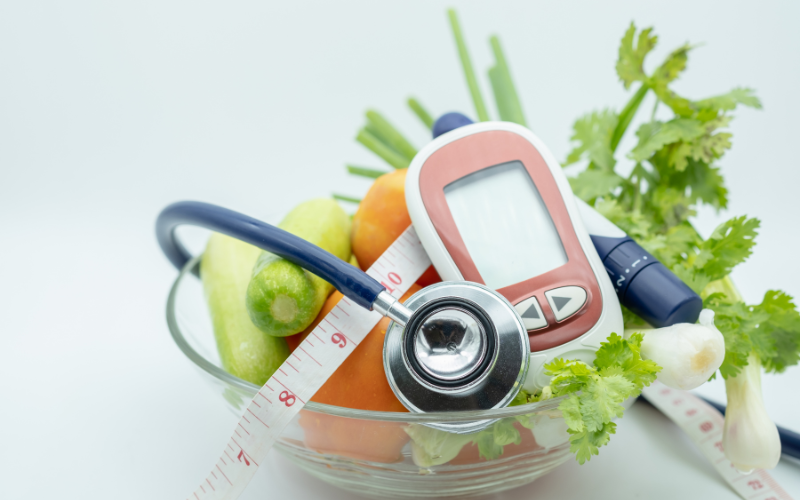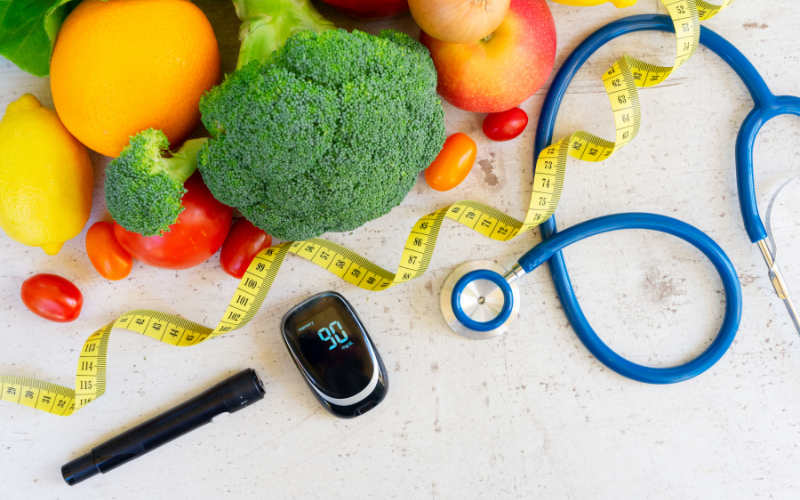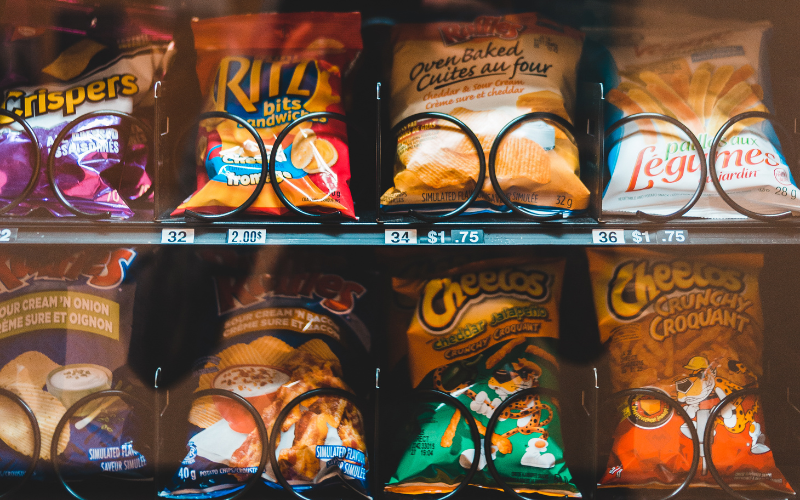Dr. Joanna: What I Look for in Home Delivery Meals

I look to cook. But I hate having to cook when it’s just assumed I will. When that “what’s for dinner?” question is thrown at me when I’m still at my desk after 5pm, cooking becomes a chore. Another thing I have to get done in my day.
It’s not always that way. When I’m organised, there is food in the fridge and I roughly know what I’m going to whip up, getting in the kitchen is a pleasure.
So, what to do on the nights where my enthusiasm to cook is under par? I outsource. I want someone else to do the cooking for me. But, I still want to eat well. Fortunately there are some great options for ready-made meals and you’ve already guessed no doubt that Dietlicious gets my tick of approval. But why?
Here’s what I look for in home delivery meals.
- The first thing I would consider is where it’s made. If the meal can’t be home cooked in my kitchen, essentially I want it to be home cooked elsewhere and not mass produced in a factory.
Basically the bigger the company, the more mass produced the meals have to be to meet the sales demands. Food cannot be prepared by a chef in a commercial kitchen – they end up being factory produced in bulk. Inevitably the meal cannot be cooked in the same way you would at home. There isn’t a chef judging every step of cooking along the way, using his or her expertise to adjust seasoning or length of cooking time to suit. Even the cooking techniques have to be different when meals are produced in a factory.
Dietlicious meals are certainly cooked on a commercial scale, but they are made by real chefs in real kitchens. The end result is a restaurant quality meal delivered to your home. - I read the ingredients list. If I have to dig out my additives book to look up all the E numbers (not all E numbers are harmful nor artificial – even vitamin C has an E number) or if there are several ingredients that sound as if they should be in the chemistry lab rather than in my meal, I won’t buy it.
The ingredients list should read like a list of food ingredients you could buy yourself if you were making the meal at home. Check out any Dietlicious meal and you’ll see that you can read the ingredients list and it ticks this box. The same is not true for many home delivery meals – if you can even find an ingredients list to read! -
I look for whole food ingredients and no or minimal refined. That means I want brown rice over white, interesting wholegrains such as freekeh and quinoa, and wholegrain bread over white.
I look for lots of veggies, as sides or used integrally in the meal. I look for real chicken and meat pieces, not those processed and reconstituted pieces that you find in many supermarket frozen meals.
And I love to find ingredients that I want to include more often but don’t get round to using, am not familiar with cooking or that the rest of my family don’t want to eat but I do!
-
Then I look at the nutrition panel. You might be surprised to know this isn’t the first thing I do. The reason is that even if the kilojoules (or calories) and levels of macronutrients (i.e. the carbs, fat and protein) are all where I want them to be, if they are coming from rubbish ultra-processed foods or accompanied by artificial flavours, colours or preservatives, it just doesn’t cut it.
-
Finally, as this can only be done after buying the meal, is that it has to taste delicious! I want the cooking and preparing instructions to work and for the meal to be easy for me to get onto the table quickly.
I also look to see what the proportions of the foods are. The meat or seafood is usually the most expensive ingredient and many ready-made meals will cut this portion back and fill up instead on cheaper ingredients such as pasta, rice or potatoes.
In essence, I’m looking for a meal that delivers a balance of quality ingredients, cooked from scratch by real chefs in a real kitchen, with nothing nasty added, for good value of course and ultimately one that tastes really good.

